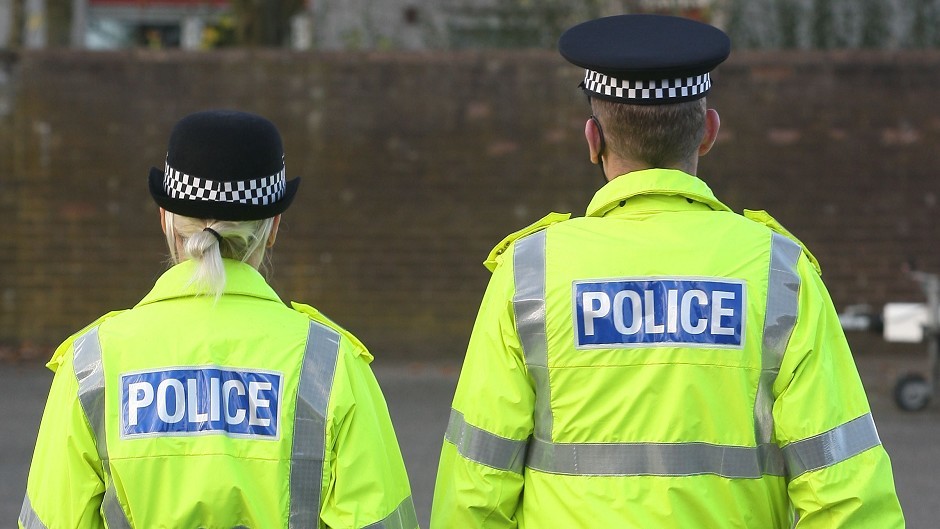The number of crimes being cleared up by the police has fallen despite more officers on the force, according to new research.
The Reform Scotland think-tank said the recruitment of 1,000 officers may not be paying the dividends expected due to officers having to fill in for lost civilian staff.
Recorded crime is at a 40-year low and the number of officers in Scotland now stands at 17,295, up from 16,234 at the beginning of 2007.
Reform Scotland said its research showed that while the number of crimes has fallen by 35%, the number solved has gone down by 30%. This puts the clear-up per officer at eight in 2013/14, down from 12 in 2006/07.
The think-tank said the Scottish Government should remove its pledge to maintain police numbers. It said it would not necessarily mean a reduction in officers but would provide the force with greater operational freedom, freeing the force from political diktat.
Reform Scotland research director Alison Payne said: “The figures speak for themselves. The number of police officers has increased yet fewer crimes are being solved.
“It has been suggested that police officers have to carry out duties previously carried out by civilian staff, which would certainly help explain this situation. After all, it is not just the number of police officers that is important, but how they are deployed.
“As a result we would urge the Scottish Government to review the 1,000 extra officers pledge to ensure that the policy is delivering value for taxpayers’ money. Staff deployment should be an operational, as opposed to a political, decision.”
The group said localism could be improved by ensuring that all councils are represented on the Scottish Police Authority with a divisional commander in charge of each council area.
Deputy Chief Constable Neil Richardson said: “This report does not reflect the delivery of modern policing in Scotland in 2015.
“Police Scotland has been focused on keeping people safe during the biggest period of public sector reform and structural change to policing in more than a generation.
“Savings which are the equivalent to the combined budgets of three legacy police forces have been achieved at the same time as performance levels have been maintained and public confidence levels have remained high. “
